While the Tibetans were celebrating the second day of their new year on February 17, the holiest icon of Tibetan Buddhism, Jokhang Temple was involved in a tragic fire incident. After almost a week’s time, the Chinese officials have informed through their official mouth piece Xinhua that the Jokhang fire in Lhasa was not a deliberate crime of any human.
Tibetan activists from abroad hinted at a larger loss at the holy site after China hid information about the fire incident in Lhasa by deliberately censoring all information about the fire at the temple. Shortly after the fire broke out, witnesses shared videos and pictures of the heavy smoke coming out of the temple complex on social media. However, authorities removed all such footage immediately, just releasing a press release saying that a fire broke out but was soon put out!
According to the Xinhua, the preliminary investigation rules out any human factor in the fire while no further details of the cause of fire was mentioned.
“A preliminary investigation has ruled out any human factors in the fire that broke out in Jokhang Temple in Lhasa, capital of southwest China’s TAR,” Xinhua reported on Thursday. “The fire broke out on the second floor of the rear part of the sacred monastery at 6.40 Saturday evening and was soon put out. An area of about 50 square metres was burned,” it added.
After the temple was reopened to the public, it was noted that yellow draperies had been newly hung behind the temple’s central image, the famous Jowo statue of the Buddha brought to Tibet in the seventh century by the Chinese bride of the Tibetan emperor Songtsen Gampo according to a source saying in an RFA report.
According to Xinhua, the main structure has not been damaged but the workers had removed the monastery’s golden cupola to guard against any collapse and had added protective supports around the Buddha statue known as the Sakyamuni Jowa. It also told that the Regional Cultural Relics Bureau had verified all the registered 6,510 cultural relics to be intact.
The Jokhang chapel at Tsuglakang (temple) has a history of more than 1,300 years and houses many cultural treasures, including a life-sized statue of the 12-year old Buddha also known as Jowo Sakyamuni located in Barkhor Square in Lhasa, the capital city of Tibet. Tibetans, in general, consider this temple as the most sacred and important temple in Tibet and is a site of UNESCO World Heritage status.

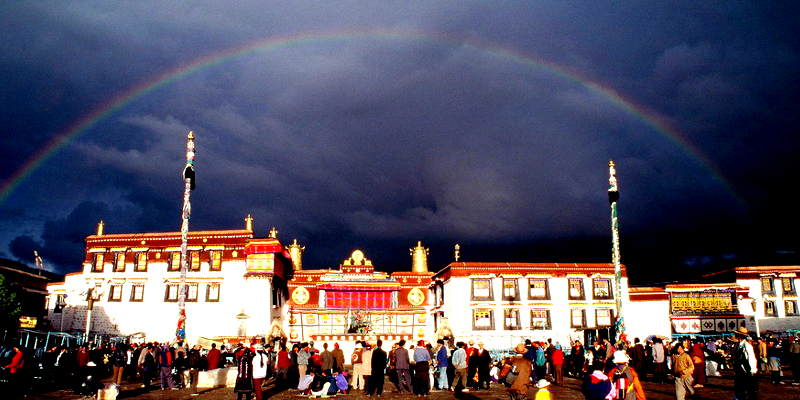
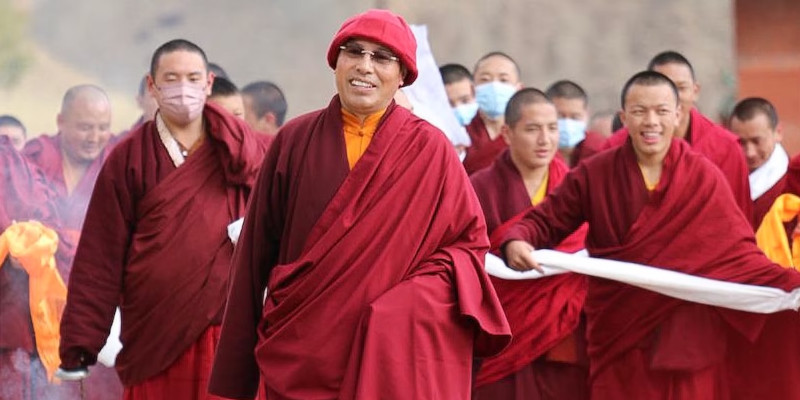
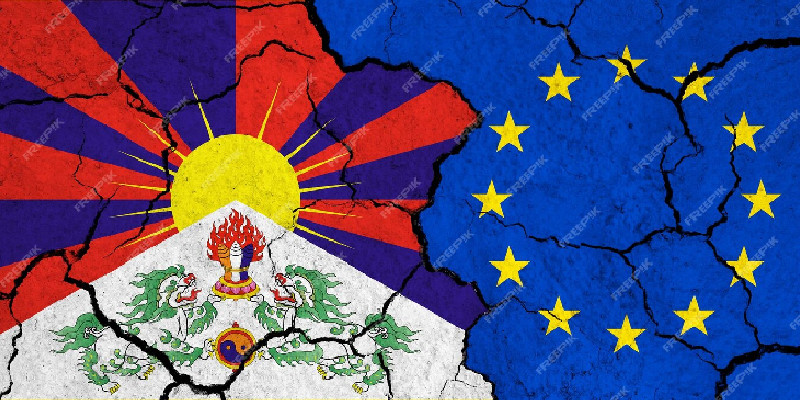
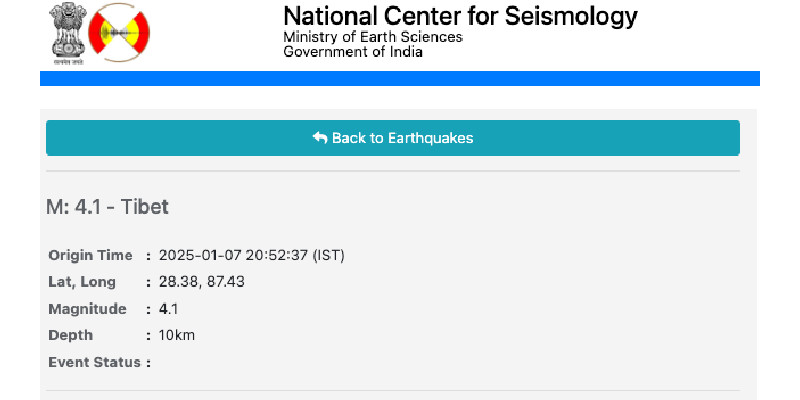
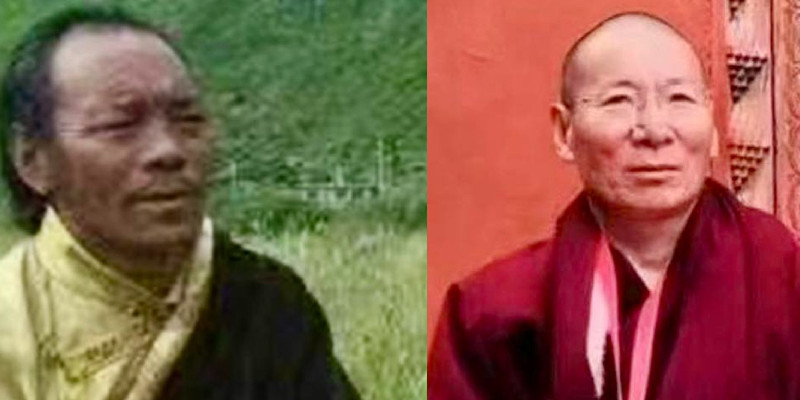
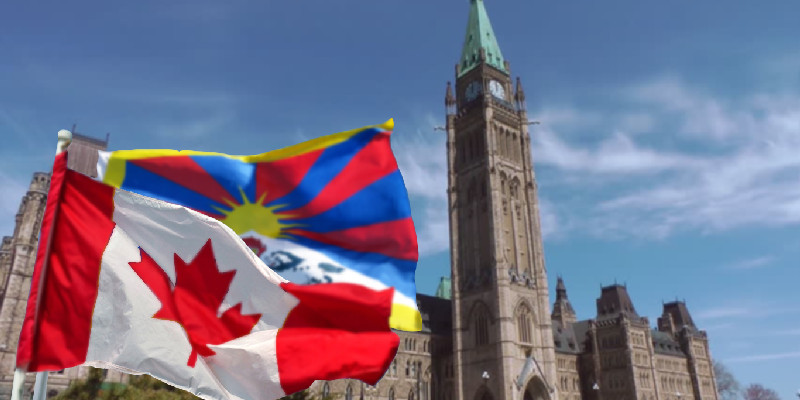
Leave a Reply